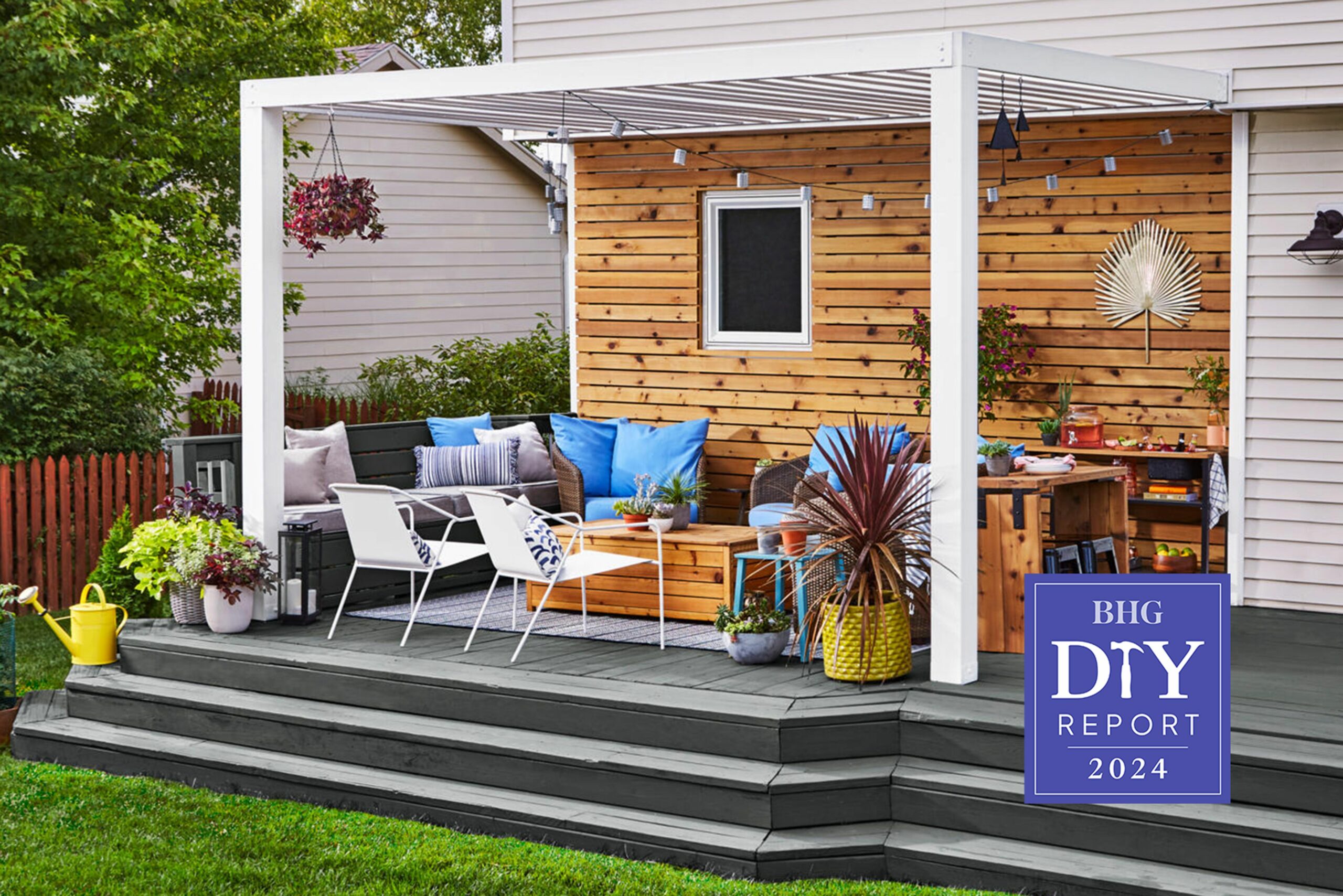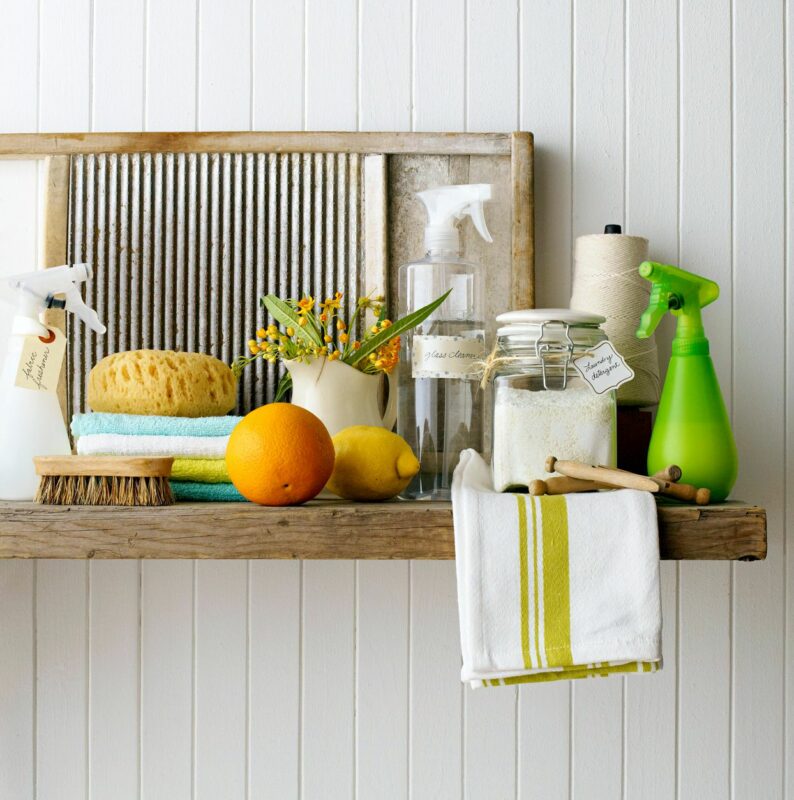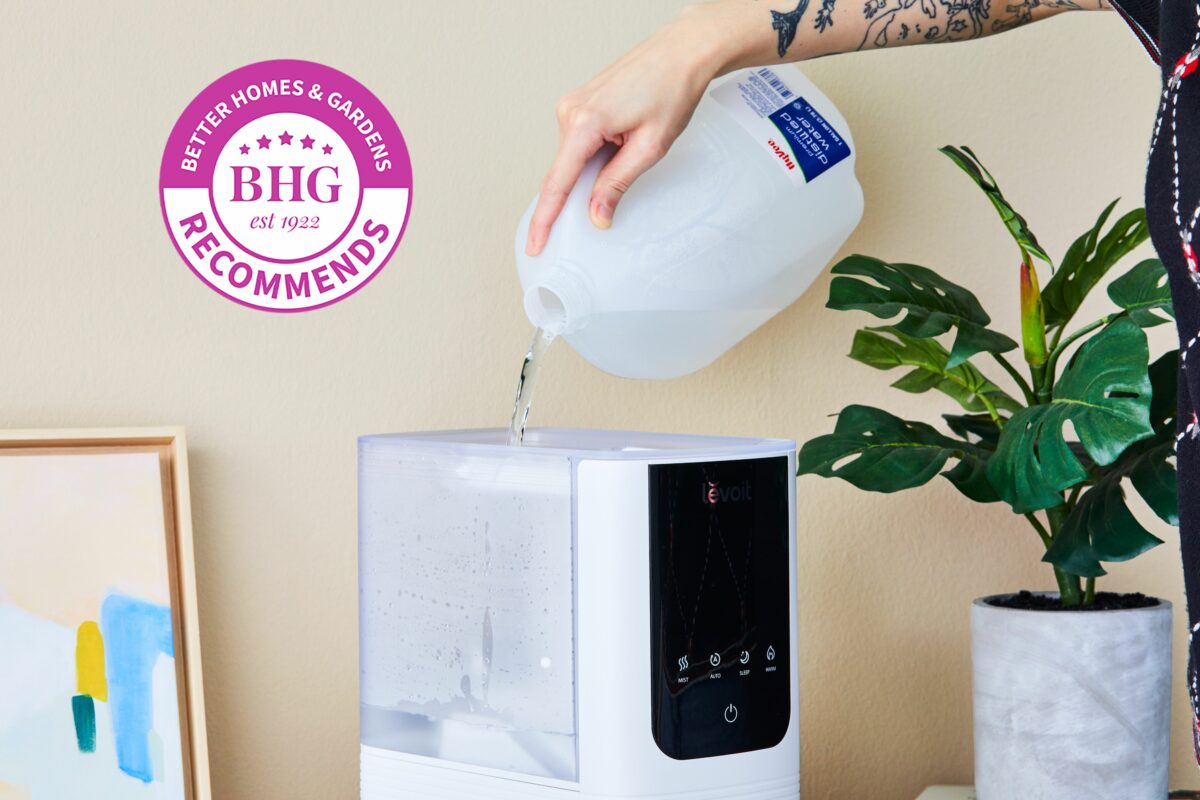Anyone who’s so much as picked up a paint brush could tell you that not all DIYs are made alike: Decorating a pillowcase, say, is a much more accomplishable project than installing a new light fixture. DIY—do it yourself—has become shorthand for crafts and home improvement projects of all shapes and sizes, but as anyone who’s started (and abandoned) an ambitious DIY project can tell you, slapping that DIY label on something doesn’t magically make it something you can actually do yourself.
Still, DIYs continue to get more and more popular—and when it comes to mid- to large-scale home improvement projects, more and more of these efforts are getting abandoned partway through. Watch any home improvement or real estate show and you’ll spot them: partially demoed sheds, walls stripped of wallpaper but not repainted, doors that don’t quite close after a wonky hardware replacement attempt.
We’ve seen plenty of these half-finished projects at Better Homes & Gardens—and we’ve also guided plenty of homeowners and renters through their own home improvement projects. Still, there’s more to understand about how and why people start and finish (or, often, don’t finish) DIY projects, which is why we’re proud to present the first-ever BHG 2024 DIY Trend Report.
The BHG 2024 DIY Trend Report explores the motives, emotions, and hurdles that DIYers face today. Our Report breaks down the reasons someone might not even attempt a DIY in the first place, why someone might abandon a project before it’s completed, what colors people are looking to bring into their homes with their upgrades, and even what spaces people are most excited to update.
Read on for some of the most intriguing findings from our study, plus some insights that might inspire you to get your next DIY done.
People Get Scared Off of Projects Before They’ve Even Started
If FOMO—fear of missing out—is the social media specter of our age, FOMU—fear of messing up—is the boogeyman lurking at the start of every DIY. Our researchers behind the BHG 2024 DIY Trend Report coined this term to encapsulate the anxieties and uncertainties that hit at the start of a home improvement project.
What Is FOMU (Fear of Messing Up)?
Avoiding DIY out of fear that you’ll get it wrong or make a costly or dangerous mistake.
According to our research, 70% of people admit to hiring a professional to complete a project rather than doing it themselves because they fear messing it up. 25% of people say they don’t trust themselves to do it correctly, 23% say they’re afraid they’ll make costly mistakes if they do it themselves, and 22% are worried about the potentially dangerous consequences (like flooding or an electrical fire) of them taking on a project themselves.
That doesn’t mean people don’t want to do some of these projects themselves, though: The top projects our respondents say they secretly wish they could do themselves are renovating an entire room, mounting a TV on the wall, laying new flooring, and re-tiling the bathroom.
Design by Grace Canaan
With this fear of messing up so prevalent, it’s no surprise that people most prefer the projects they can afford to mess up, and those that require minimal effort but offer maximum effect. (Clearly, bang for your buck is a key factor here.) The home improvement tasks people would most enjoy doing themselves are:
- Creating holiday decor
- Creating wall art
- Replacing a doorknob
- Painting
- Upgrading furniture
The flip side of this list is, of course, the projects people gladly leave to the experts:
- Electrical rewiring
- Replacing windows
- Fitting a new toilet
- Laying new flooring
- Re-tiling a bathroom
While FOMU is certainly a fair reason to skip a DIY (especially if it’s a project where messing up could result in costly or dangerous consequences), it shouldn’t keep you away from DIYs completely. There are plenty of motivators behind wanting to DIY a project instead of hiring a pro, including saving money, enjoying the feeling of pride and accomplishment that comes with successfully completing a project, and taking on a challenge. People say they feel accomplished, proud, and happy after completing a DIY project: Letting FOMU scare you away means missing out on those benefits.
Almost Everyone Has Regretted Starting a Project
It’s a practically universal experience: You decide you’re going to start a project. (Let’s say it’s repainting your bedroom.) You pick and purchase your paint and supplies. You clear out all your belongings. You prep the space (don’t make the mistake of skipping the painters tape!). You start painting. Maybe you finish one wall, or even two—and then you get tired. It’s late, your furniture and belongings are in the center of the room or covered in drop cloths, and your project is barely halfway through. Enter MPRS: Mid-Project Regret Syndrome.
What Is MPRS (Mid-Project Regret Syndrome)?
That feeling when you lose momentum in the middle of a DIY project.
According to the BHG 2024 DIY Trend Report, 89% of people have experienced MPRS—and that number climbs to 94% for millennials and 95% for Gen Z. 74% even have projects that currently lie abandoned after MPRS brought progress to a halt.
Projects taking longer than expected, the DIYer feeling exhausted, and unexpected costs cropping up during the project are all top causes of MPRS. Feeling stressed, tired, and bored with a project can sap motivation and mean that the project never gets done
More Findings from the BHG 2024 DIY Trend Report
FOMU and MPRS can both derail a project and even keep it from ever getting completed—but people still have long lists of upcoming projects they’d like to try to upgrade their homes.
Adding decor and accents and painting are top of mind for nearly every room, according to our participants, and smaller changes like swapping hardware or fixtures and upgrading furniture are other ways people hope to update their spaces. People also have a strong sense of which rooms they’d most like to make changes to: first was the bathroom, followed by the living room, primary bedroom, backyard, and kitchen.
Design by Grace Canaan
Updating spaces—especially with the right colors—is key to creating a positive environment: Our respondents said that the #1 role for color in the home is to create a relaxing and peaceful environment. (Making sure you pick the right calming paint colors can certainly help with that.) And while picking a paint color is very subjective and plenty of people are making their homes more colorful, neutrals are still very popular: 65% of our survey respondents would rather have a neutral, minimalist home than a colorful, maximalist one, and 1 in 4 avoids bright colors completely. Remember what we said about subjectivity, though? 1 in 5 says bright colors add excitement to their home.
The Methodology
BHG partnered with independent research agency GoodQues to develop the BHG 2024 DIY Trend Report. This study includes findings pulled from an invitation-only forum of 20 people, validated against a study of nearly 2,000 DIYers. Study participants had to be at least partially responsible for both DIY projects and interior design choices in their home, and they must have completed at least one DIY project within the past 12 months.







